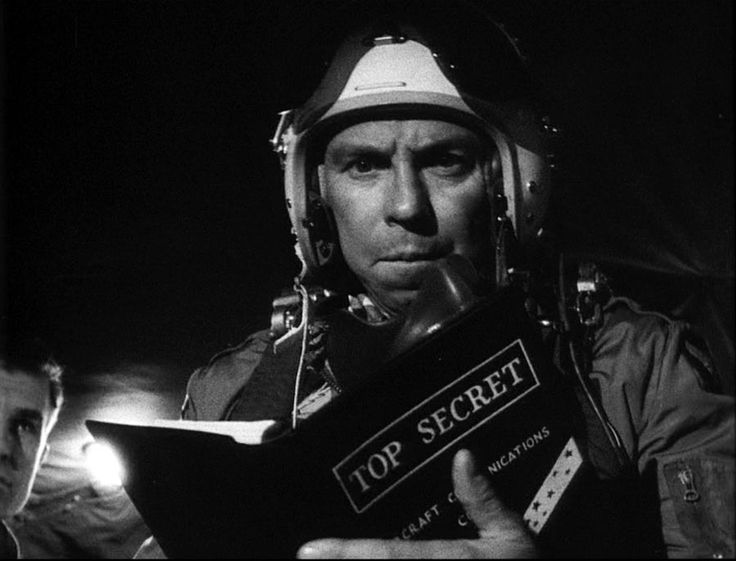Several days ago I received an email from Baffler magazine with an article entitled Blame the Computer by Corey Pein. Part of the piece was an explanation
of the glitch that led to the false missile attack alert in Hawaii earlier this year.
“The bad news arrived, as all news seemingly does now, as a smartphone push notification. But this notification looked and sounded different than most. It was, in fact, an emergency alert from the state government. The form of the alert was not a radio wave or an electronic signal, as in decades past, but computer code. Attached to the alert was an audio file with a recording of a synthesized male voice, for the vision-impaired. ‘The U.S. Pacific Command has detected a missile threat to Hawaii,’ the voice said. ‘A missile may impact on land or sea within minutes. This is not a drill. If you are indoors, stay indoors. If you are outdoors, seek immediate shelter.’ The stilted tone of the robot voice was all the more eerie, tasked as it was with effectively announcing the impending death of whoever heard it. ‘We will announce when the threat has ended,’ it said. ‘Take immediate action measures.’ ”
I can empathize with the watch center in Hawaii as I had an experience of similar nature with the U.S. Pacific Command almost 30 years ago.
In the mid-1980s, I was the senior terrorism analyst on the “Terrorism Desk” at the National Military Intelligence Center (NMIC) “deep in the bowels” of the Pentagon. We were located next to what the press likes to call the War Room, which is, in fact, the National Military Command Center, a 24-hour watch and command center in the offices of the Chairman of the Joint Chiefs of Staff that looked, at that time, little like the war room in Dr. Strangelove. To tell the truth, the 1964 movie version of the room looked a lot fancier. The mid-1980s was rather a tense time in the War Room with Pakistan and India standing toe-to-toe, ready for nuclear combat (Thank you Slim Pickens for the phraseology and imagery). Highly classified messages on intelligence matters would flow into my computer from all over the world at various levels of urgency. Mostly the messages were of ROUTINE or PRIORITY nature, but from time to time an IMMEDIATE (important) or even a rare FLASH (really, really urgent) message would appear requiring the desk officer to pay a bit of attention. (Explanation of precedence here)
Also, to add to the seriousness, within the center was a door, a few dozen feet from my desk, with a red sign that read MOLINK (Moscow Link). Inside a phone booth sized room was a lonely telephone on a shelf with a single chair in front of it. Picking up the receiver would immediately connect you with the “war room’ of the Soviet Union in Moscow. Behind my desk was another innocuous phone connected to a speaker. This phone was part of the airplane hijacking response system that immediately connected you with the FBI, CIA, NSA, the White House and other command centers. You did not want that phone to ring while you were on duty. I had experience with that phone only once.
Early one morning, sometime after midnight, my computer lit up with a message of the highest precedence, CRITIC. CRITICs are designed for the immediate attention of the National Command Authority, people like the Secretary of Defense, the Chairman of the Joint Chiefs of Staff along with the commanders of the unified and specified commands. For these messages, you wake up the president. I looked toward my team chief who sat in a glass-enclosed booth which overlooked the floor where all the other desk officers (Europe, Middle East, Far East, Africa, South America) sat at their computers. The team chief and the Far East desk officer had troubled looks as we all saw the CRITIC message from Pacific Command at Camp Smith in Hawaii at the same time. One’s first reaction to receiving a CRITIC message is to shit in one’s pants, but as I read the message it appeared to me that it was referring to actions taking place as if there were other messages in a thread. The subject line was also rather odd since it referred to no current crisis. After less than a minute with my team chief, I immediately picked up the secure phone (for use at the TOP SECRET/SI level - one of the types which Jared Kushner can no longer access) and dialed the Pacific Command watch officer while punching in FLASH, which immediately overrode all other phone calls on the line. Only someone with FLASH OVERRIDE authority could interrupt the call and that was these fellows: the President of the United States of America,the Secretary of Defense, the Chairman of the Joint Chiefs of Staff, and the Commanders of the Unified Commands. As luck would have it, they were likely sleeping.
No doubt a phone call from the NMIC at FLASH precedence in the middle of the night startled the watch officer on the other end of the line on Oahu. The command center there was blissfully unaware that a CRITIC went out but did eventually divulge that there was a training exercise going on. Bingo! It turned out that the message was actually an EXERCISE communication on which someone had forgotten to place the designation EXERCISE. Doh!
It pays to have a human in the loop.


